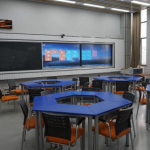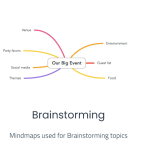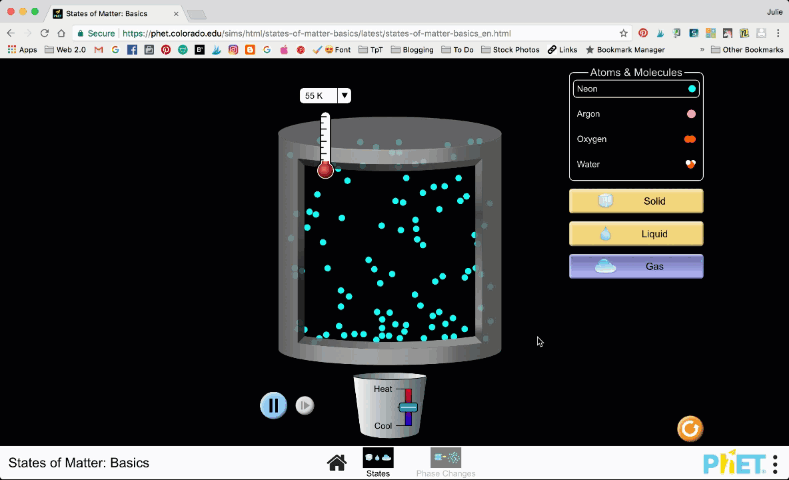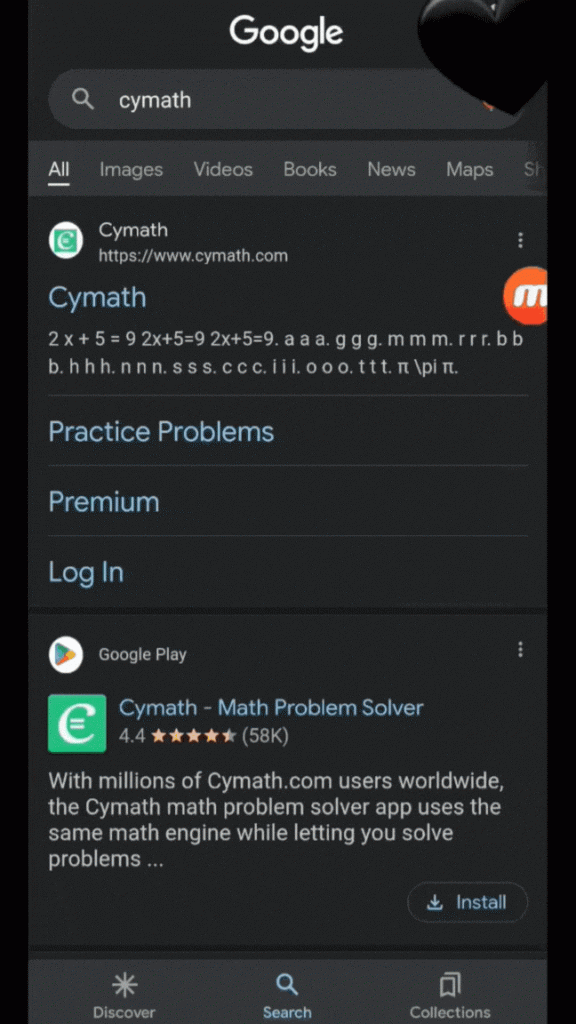Explore, Learn, Achieve: Your Physics Journey Starts Here
Remember those classic school science experiments – dissecting a frog, mixing colorful chemicals, building a potato battery? While these hands-on experiences hold a special place in our memories, they can be limited by safety concerns, access to expensive equipment, and even geographical location. Enter the game-changing world of virtual labs: interactive simulations that bring the thrill of scientific discovery straight to your fingertips (or mouse clicks!). But why exactly are virtual labs such a revolution in STEM education? Here are 10 reasons why they’re more than just a digital gimmick:
1. Safety First: Forget worrying about Bunsen burner mishaps or hazardous chemical spills. Virtual labs create a safe learning environment, allowing students to experiment freely without risk of injury or harm.
2. Accessibility for All: Not everyone has access to a well-equipped science lab. Virtual labs eliminate geographical barriers, making high-quality STEM education available to students in remote locations or with limited resources.
3. Repeatability is Key: Real-world experiments often rely on specific conditions, which can be difficult to replicate perfectly. Virtual labs allow for controlled environments, where students can repeat experiments with different variables to solidify their understanding.
4. Cost-Effective Learning: Equipping a physical lab with expensive equipment can be a burden on schools. Virtual labs offer a cost-effective alternative, providing access to a wide range of simulations without the hefty price tag.
5. A World of Exploration: Imagine dissecting a virtual frog in biology, building a simulated circuit in physics, or even conducting virtual weather simulations. Virtual labs offer a vast range of experiences beyond the limitations of a physical lab.
6. Boosting Critical Thinking: Virtual labs go beyond simply following instructions. Students must analyze data, interpret results, and draw conclusions, fostering critical thinking skills crucial for success in STEM fields.
7. Problem-Solving Powerhouse: Virtual labs allow students to experiment with different variables and troubleshoot problems in a safe environment. This hands-on approach strengthens problem-solving abilities, a skill highly valued by employers across industries.
8. Math Makes Perfect (Even in Science): Many scientific concepts rely heavily on math. Virtual labs often require students to manipulate data, perform calculations, and visualize results – all essential for strengthening their mathematical understanding.
For example, a virtual physics simulation on projectile motion might involve students adjusting the launch angle and recording the resulting distance traveled. This hands-on interaction helps solidify their understanding of trigonometric functions and their application in the real world.
9. Fostering Collaboration: Virtual labs can be used collaboratively, allowing students to work together on experiments, share data, and discuss their findings. This collaborative learning environment mirrors real-world scientific research, where teamwork is essential.
10. Igniting a Passion for STEM: The interactive and engaging nature of virtual labs can spark curiosity and ignite a passion for STEM subjects. Seeing scientific concepts come to life virtually can motivate students to delve deeper into these fields.
Ready to Trade Textbooks for Test Tubes (Virtually)? Click here to visit my website
Explore a world of interactive simulations across physics, chemistry, biology, and even math! With its user-friendly interface and vast range of experiments, this platform is sure to transform your STEM learning experience. So, put on your virtual lab coat and get ready to unlock the exciting world of scientific discovery!










